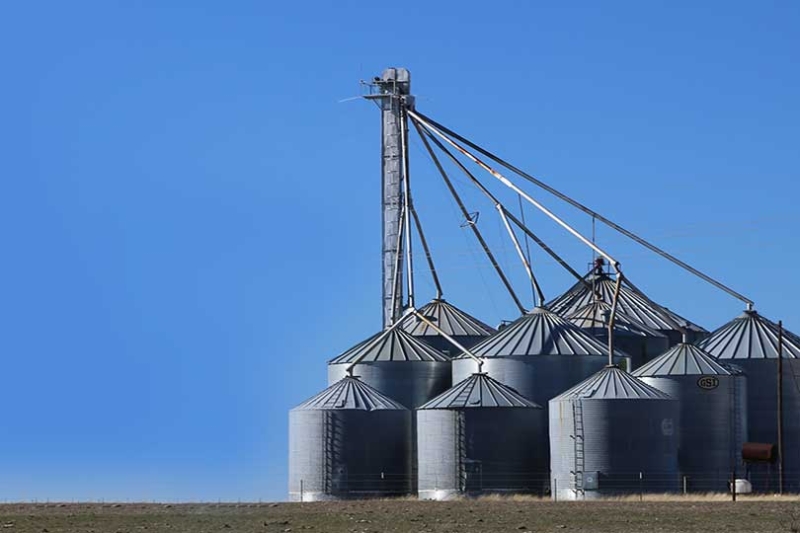By Jennifer Dorsett
Field Editor
A recent grain bin accident in Illinois is a good reminder to farmers and farm workers to stay safe and remain alert when handling and storing grain.
Since 1962, Purdue University has recorded 2,117 cases of agriculture-related confined space injuries or fatalities. More than 70 percent of those cases involved grain storage and handling facilities.
The most common scenario resulting in entrapment, according to the National Ag Safety Database (NASD), is someone entering a grain bin when grain stops flowing.
When grain won’t flow
The leading cause of grain entrapment is “out-of-condition” grain. According to Purdue University researchers, there is a direct correlation between out-of-condition grain and an increased risk of workers being exposed to entrapment situations.
Out-of-condition grain is crusted, spoiled or wet grain that often won’t flow freely. The grain may have been harvested when moldy, immature or damaged, or the storage facility may have a leak or other moisture issue.
If there are signs that grain has gone out-of-condition, it should be removed as soon as possible. The grain’s condition will only further deteriorate and invite pests into the facility.
“When a farmer or elevator employee has to ‘fight’ to get the grain to flow out of the structure, there is a strong temptation to bypass safe work practices and enter the structure in order to make attempts to keep the grain flowing,” Purdue University’s 2019 report stated. “If the grain won’t flow, it’s already too late to debate what was or was not done last fall to cause the problem. The issue at hand is to remove the grain without putting anyone at risk of entrapment.”
Never enter a grain storage bin where there is evidence of crusting on the surface or within the grain mass. If grain is removed and the surface has not flowed inward, it’s an especially dangerous situation because it’s highly likely a void has formed over the outlet, also called “bridging.”
Workers often will attempt to break up the crusted bridge with a rod so grain will start flowing again, but when breaking up the void, they fall under the surface.
It takes as little as three to five seconds for a person to become entrapped up to their knees or waist, and a person can be completely engulfed in less than 30 seconds, leading to suffocation.
Running the auger while using a rod to break up crusting can also cause a sudden rush of grain flow, taking the individual down with it to become entangled in the auger.
Purdue University urges farmers and other workers to perform all unplugging efforts from outside the bin at the top access hatch. If the grain has become so crusted that it cannot be removed according to bin manufacturer recommendations, the report suggests contacting a professional grain salvage service.
Click here for more information and data on agricultural confined space-related injuries and fatalities, as well as tips for preventing those situations.
NASD has more resources available on agricultural confined spaces including training videos and pocket guides in both English and Spanish.

